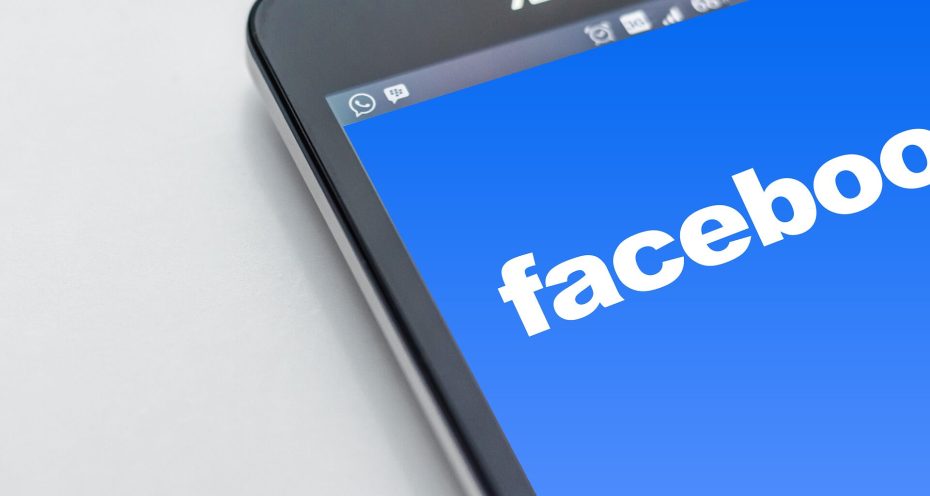
Image Credit: Pixabay
From the moment Mark Zuckerberg got on stage at F8 in 2016 and announced the Messenger chatbot ecosystem, innovative brands, agencies, and developers jumped to start testing the waters with chatbots.
Dazzled by massive user numbers on messaging applications, the accessibility of chatbot authoring platforms and the perceived ease of bringing a product to market, it was too good to pass up.
30,000 bots were launched within six months and thousands more surfaced each month afterward.Today, that number is up to 100,000. Scores of brands have developed bots for Messenger, all of them seeking an opportunity to drive quality one-to-one interactions with their customers at scale. Keeping in mind customer experience and the challenges brands face as app downloads decrease and ad blockers increase, there’s hardly a better opportunity available to brand marketers today.
The evolution of bots
In the first year, we learned many lessons about chatbots. Because of its one-on-one nature, people feel comfortable sharing their opinions and truthfully answering questions, making chatbots an effective tool to collect data and customize offerings.
But, it only works if users are engaging the bot in the first place. And when users do utilize bots, they expect the experience to feel natural and authentic as if they were speaking with a friend or an actual brand representative.
We also learned that not enough users were discovering bots. And those who were discovering and using bots weren’t necessarily having highly engaging experiences. Many of the so-called chatbots didn’t really chat. They just guided users through menu-based interactions in which inputs were limited to whatever buttons were presented to the…
The post The way forward with Facebook Messenger bots appeared first on FeedBox.